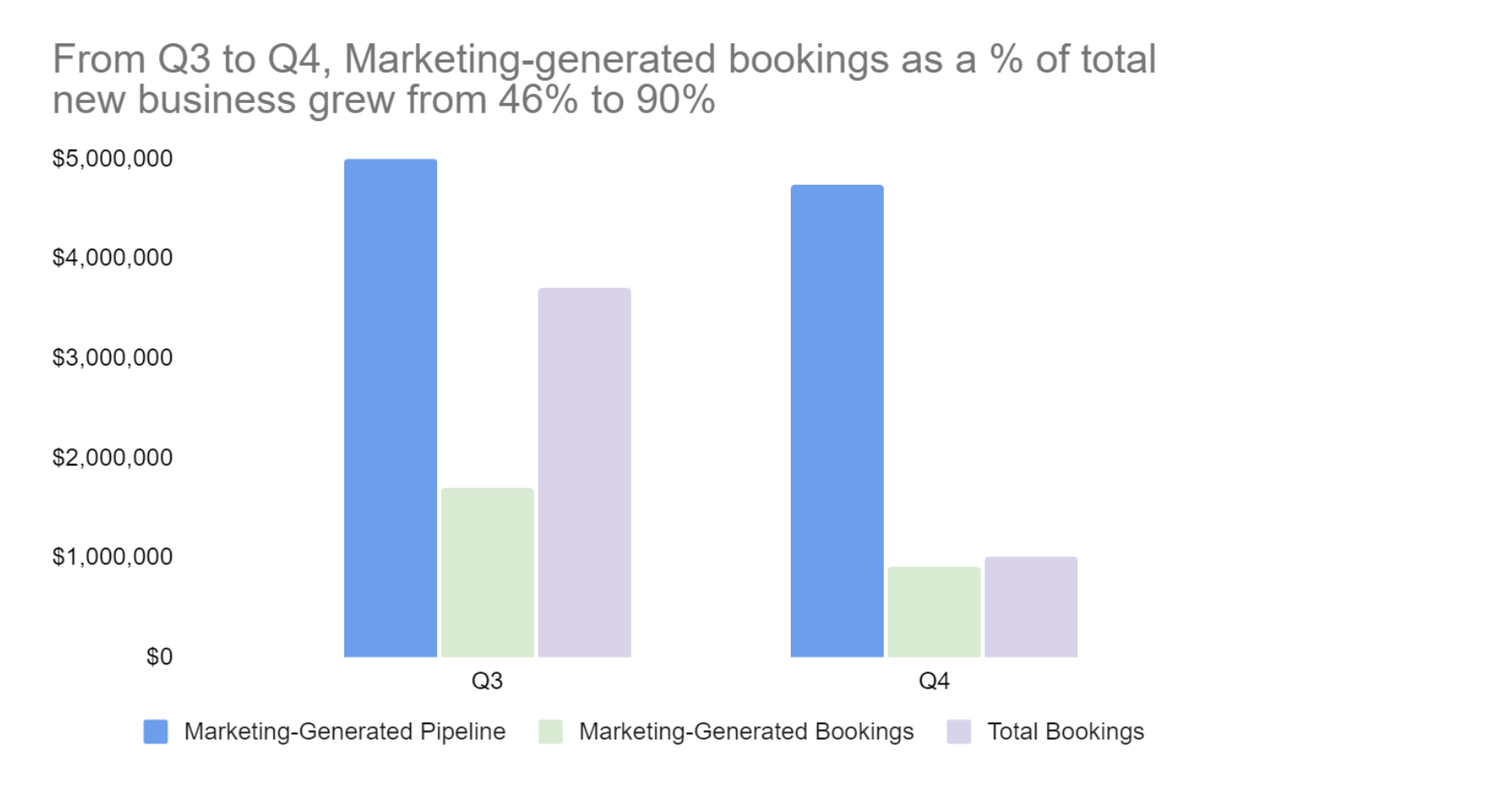So You Made It to the SaaS C-Suite: Here’s How To Keep the Job
How “First Team” principles are core to every type of leader’s success.

Subscribe to future editions of the Tactic Talk newsletter here.
How “First Team” principles are core to every type of leader’s success.
In late 2022 Sam Jacobs, founder and CEO of the go-to-market community Pavilion, invited me to give a keynote speech at Pavilion’s inaugural CRO Summit, and shared that he had a very specific topic in mind to start the event: how not to get fired as a CRO! Because Sam is an old friend and I love a spicy conference talk, I obliged without giving the topic much thought. But as I put pen to paper on my talk track, I had an epiphany: the advice I was offering for how not to get fired as a revenue leader actually applied to any executive, regardless of the functional lane!
My presentation that day centered on two key themes: P&L fluency and the concept of “First Team” leadership, as coined by Patrick Lencioni. Both of these topics stemmed from one central truth: far too many executives spend too much time working in the business versus on the business. They manage their own functional lanes well, but often under-index on 1) tying their work back to the top and bottom lines and 2) embracing the first Team working style required to excel in the C-Suite. In future installments of this newsletter I’ll write extensively about topic #1 (P&L fluency for SaaS leaders), but for today I’m going to double-click on the importance of First Team leadership in SaaS.
Patrick Lencioni’s concept of the First Team is the idea that true leaders prioritize supporting their fellow leaders (the most senior team they sit on) over their direct reporting lines. That definition admittedly feels a bit abstract, so let me bring it to life with a very tangible example: last summer I missed a call from a CEO while on vacation. I texted him to ask if it was an urgent topic and he said, “not urgent at all, but our CRO is changing quotas and I just wanted to get your advice on how to roll that out.” Not urgent!?! I don’t think so. What I was about to learn more about was a classic failure of First Team leadership.
The business in this example was one that relied very heavily on the marketing team to drive their sales pipeline; they did very little outbound prospecting. When the summer rolled around, it became evident that there was real seasonality at play, and that marketing would struggle to hit its ambitious pipeline targets. Naturally, sellers were pissed; how would they hit their quotas if the inbound pipeline was slowing down? Seeing this mounting frustration, the CRO put forward a proposal to reduce quotas in order to keep his team happy and engaged. This was the opposite of First Team thinking. The First TeamCRO would have asked himself a different question: with softer marketing results in the summer months, what must we do differently to ensure we stay the course for our business plan? There are myriad ways to close such a gap, including the very obvious lever of offering sellers a time-bound SPIF to drive their own pipeline.
This example is illustrative of dynamics that happen in even the highest-growth, highest-potential businesses. Leaders must beware of what I call the “swim lane trap.” If you’re wondering if you’ve personally fallen victim to it, I’ll offer some other sample scenarios for you to consider.
Swim lane trap example #1: “Marketing can’t be crushing it if the business isn’t crushing it.”
I think this sound bite was my “shot heard ‘round the world” in the aforementioned CRO Summit session. I shared an example (bad!) board slide like the one below, where a marketing leader took credit for the % of new logo bookings generated by their team. Your board does not care whether an opportunity was generated by sales or marketing if the company isn’t hitting its overall plan, and this slide offers zero context on how the business did on the whole. When this sort of slide is presented when the business did not hit its plan, it’s a serious managerial blunder.
NOT a First Team Board Slide!

The point of this statement was not to pick on Marketing, but rather to emphasize that no singular functional team can be winning if the business itself is not succeeding.
Swim lane trap example #2: Celebrating sales performance without the full bridge
If you’re in a SaaS business and not starting each board deck with an ARR bridge like the one below, change that immediately! (And ping me if you need a template!) The ARR bridge is a simple but powerful visual for understanding what new ARR is coming into the business and what existing ARR is falling out.
Unfortunately, it is not uncommon to see a chart like the one below and hear a sales leader over-emphasize that their team brought in $4MM in new logo ARR (ahead of plan!). But in the scenario below, the churn is so material that the business only managed to grow 1.6% in the period, which certainly does not merit celebration! Faced with a chart like this one, the First Team executive team will be asking themselves questions such as: Are we signing the right types of customers? Can we be borrowing commercial skills from the new logo team to help mitigate churn risks? And so on.

Swim lane trap example #3: Boosting NPS and retention with little regard for your cost basis
Every business should have a maniacal focus on customer success, but not at any cost. Consider an example where a CS leader is boasting about a +20 point improvement in net promoter score (NPS). NPS is not very useful without supporting contextual metrics (e.g. net dollar retention), but for improvements in any metric, it’s important to consider how the leader is achieving gains. In the example below, a board appendix slide reveals that CSMs are spending 35% of their time on ticket support… but CSMs cost 30% more than the support agents who are supposed to be doing that work, so even if the CSMs are offering a better customer experience, there is a serious question to be asked about whether the right resources are being directed at the right work! This allocation of work is financially irresponsible.
Swim lane trap example #4: Celebrating product and engineering releases without customer data
We’ve all seen the slides and charts celebrating engineering velocity or new feature releases, but that productivity is only worth celebrating if there’s a corresponding benefit to the customer. Product teams should always include data about product utilization and adoption.
—
I could write several more pages with other swim lane trap examples because again, they are rampant. But hopefully these first four drive the point home:{insert your function here} can’t be crushing it if the business isn’t crushing it.
Please don’t mishear me, though: swim lane metrics are important for a company’s day-to-day rhythms; they help to align and rally functional teams, they reveal optimization opportunities, etc. But at the most senior level, the Board trusts that executives know how to do those things in the trenches with their teams, and expects a First Team perspective when it comes to company-level reporting and commentary.
I hope you enjoyed the first installment of Tactic Talk. Keeping with the theme of driving alignment around what matters most to the business/First Team, next month I’ll dig into the importance of aligning variable compensation across all teams. See you then!
